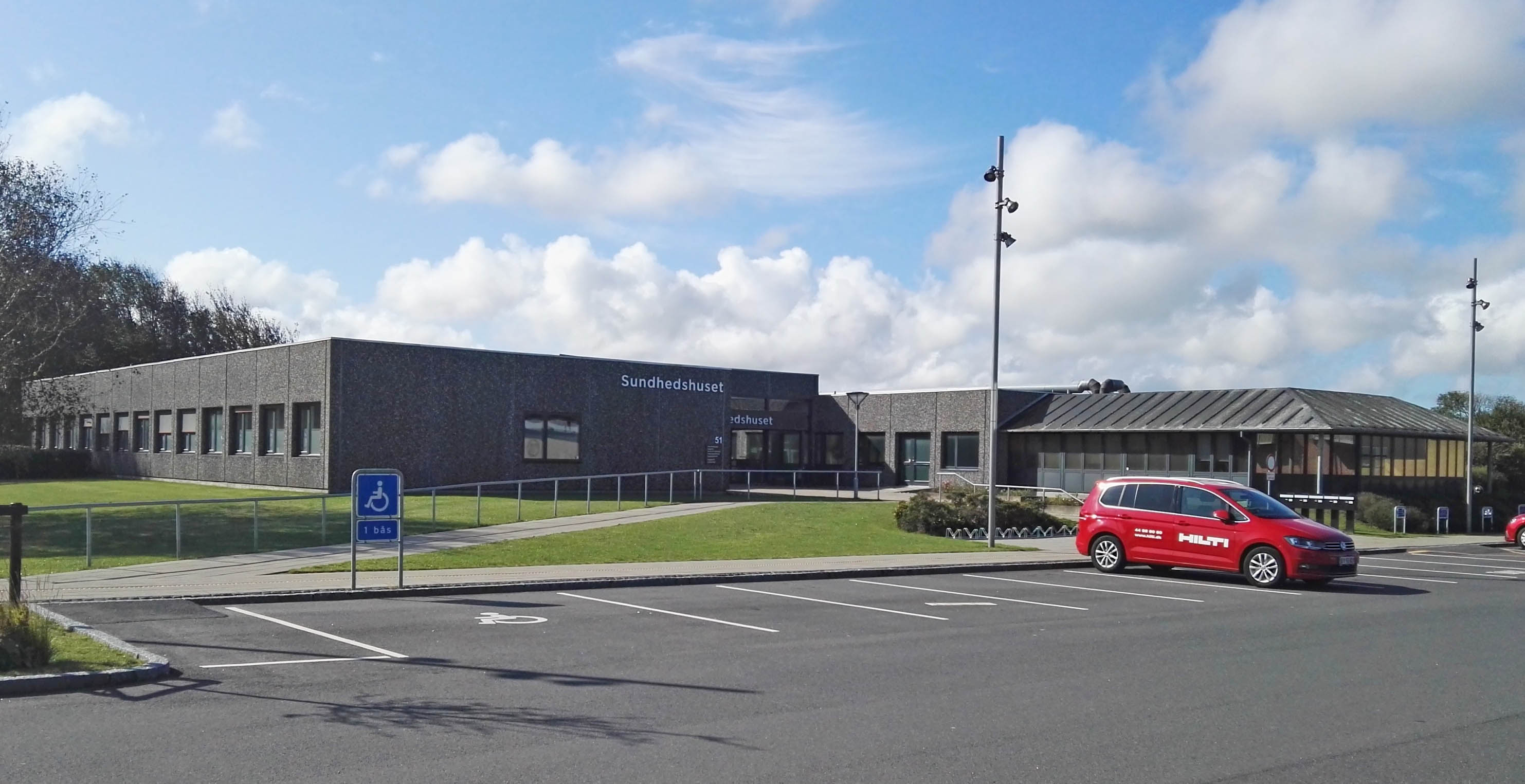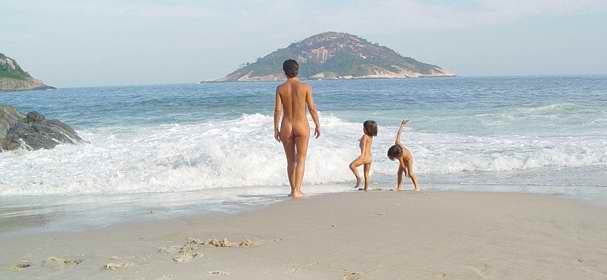|
Rømø
Rømø (german: Röm, frr, Rem) is a Danish island in the Wadden Sea. Rømø is part of Tønder Municipality. The island had 650 inhabitants as of 1 January 2011,"Danmarks Statistik." Retrieved 11 June 2010. and covers an area of 129 km². Rømø is the southernmost of Denmark's Wadden Sea Islands. This distinction was previously held by the small uninhabited island of , which sank in 1999. History Rømø is part of |
Rømø Church
St. Clement's Church ( da, Sankt Clemens Kirke) is a Christian place of worship located in the island of Rømø in Tønder, Denmark. It belongs to the Tønder Priory of the Church of Denmark The Evangelical-Lutheran Church in Denmark or National Church, sometimes called the Church of Denmark ( da, Folkekirken, literally: "The People's Church" or unofficially da, Den danske folkekirke, literally: "The Danish People's Church"; kl, .... The church was dedicated to Saint Clement, the sailors' patron saint. The oldest part of the church was built sometime after 1250 and expanded four centuries later. Possibly in the latter half of the 15th century, the church tower was built in the Gothic style. The church was expanded in the 17th and 18th centuries. Interior decoration includes several votive ships. Gallery File:Rømø - St.Clement - Innenraum 2.jpg File:Rømø St. Clemens Orgel (1).jpg File:Rømø - St.Klement - Kanzel 1.jpg File:Sankt Clemens Kirke römö 11.jpg File:Sank ... [...More Info...] [...Related Items...] OR: [Wikipedia] [Google] [Baidu] |
Skærbæk Municipality
Skærbæk Municipality was a municipality in Southern Jutland. It covered an area of and had a total population of 7,294 (2005). The municipal seat was the town of Skærbæk. The municipality included the island of Rømø, the southernmost of Denmark's part of the North Frisian Islands. The island, which lies in the Wadden Sea about from the mainland, is a popular beach area in the summer, and is linked to the mainland by a road— ''Rømøvej''— running across a causeway. There is ferry service from the harbour on Rømø to another popular summer island, the German island of Sylt, less than south of Rømø. The municipality was created in 1970 as the result of a ("Municipality Reform") that merged a number of existing parishes: * Brøns Parish * Døstrup Parish * Mjolden Parish * * Rømø Parish * Skærbæk Parish * Vodder Parish On January 1, 2007, Skærbæk Municipality ceased to exist as the result of ''Kommunalreformen'' ("The Municipality Reform" of 2007). It ... [...More Info...] [...Related Items...] OR: [Wikipedia] [Google] [Baidu] |
Sylt
Sylt (; da, Sild; Söl'ring North Frisian: ) is an island in northern Germany, part of Nordfriesland district, Schleswig-Holstein, and well known for the distinctive shape of its shoreline. It belongs to the North Frisian Islands and is the largest island in North Frisia. The northernmost island of Germany, it is known for its tourist resorts, notably Westerland, Kampen and Wenningstedt-Braderup, as well as for its sandy beach. It is frequently covered by the media in connection with its exposed situation in the North Sea and its ongoing loss of land during storm tides. Since 1927, Sylt has been connected to the mainland by the Hindenburgdamm causeway. In later years, it has been a resort for the German jet set and tourists in search of occasional celebrity sightings. Geography With , Sylt is the fourth-largest German island and the largest German island in the North Sea. Sylt is located from off the mainland, to which it is connected by the Hindenburgdamm. Southeast ... [...More Info...] [...Related Items...] OR: [Wikipedia] [Google] [Baidu] |
Danish Wadden Sea Islands
The Danish Wadden Sea Islands ( da, Danske Vadehavsøer) are a group of islands on the western coast of Jutland, Denmark. They have belonged to the region of '' Southern Denmark'' since January 1, 2007. Previously they belonged to the counties of '' South Jutland'' and '' Ribe''. The Danish islands differ from the German North Frisian Islands because no Frisians live on the Danish islands. The islands Fanø is located just off Esbjerg to which it is connected by a ferry. The main towns on Fanø are Nordby and Sønderho. Other towns include Fanø Vesterhavsbad and Rindby. The island is long and wide, and has an area of . , about 3,169 people live there."Cultural Entities (Denmark)Danish Wadden Sea Islands" . Lancewad Plan. Retrie ... [...More Info...] [...Related Items...] OR: [Wikipedia] [Google] [Baidu] |
Peter Mærsk Møller
Peter Mærsk Møller (22 September 1836 – 9 February 1927) was a Danish sea captain and the father of Arnold Peter Møller, founder of the Maersk corporation, and grandfather of Mærsk Mc-Kinney Møller, who made Maersk the largest container ship operator and supply vessel operator in the world. Career He passed his merchant officer's examination at Flensborg Navigation School and became a captain in 1861. His first assignment was the ship ''Prima'' in 1862. After the Second Schleswig War in 1864, Rømø, as Flensborg, passed under Prussian rule (and from 1871 German territory; Rømø remained so until 1920, and Flensborg – now Flensburg – still is a German city), so Captain Mærsk Møller moved to Dragør, only a few kilometres to the east of Copenhagen. He was the first in Denmark to suggest steam ships instead of sailing ships. He did so in 1884, as he moved from Dragør to Svendborg, on the island of Fyn. In 1904, Peter Mærsk Møller, with the fifth of his nine ... [...More Info...] [...Related Items...] OR: [Wikipedia] [Google] [Baidu] |
Havneby
Havneby is the main town on the Danish island of Rømø with a population of 252 (1 January 2022). The Mobile Statbank from A ferry connects Havneby to on the island of in Germany
Germany, officially the Federal Republic of Germany ( ...
[...More Info...] [...Related Items...] OR: [Wikipedia] [Google] [Baidu] |
Causeway
A causeway is a track, road or railway on the upper point of an embankment across "a low, or wet place, or piece of water". It can be constructed of earth, masonry, wood, or concrete. One of the earliest known wooden causeways is the Sweet Track in the Somerset Levels, England, which dates from the Neolithic age. Timber causeways may also be described as both boardwalks and bridges. Etymology When first used, the word ''causeway'' appeared in a form such as "causey way" making clear its derivation from the earlier form "causey". This word seems to have come from the same source by two different routes. It derives ultimately, from the Latin for heel, ''calx'', and most likely comes from the trampling technique to consolidate earthworks. Originally, the construction of a causeway utilised earth that had been trodden upon to compact and harden it as much as possible, one layer at a time, often by enslaved bodies or flocks of sheep. Today, this work is done by machines. ... [...More Info...] [...Related Items...] OR: [Wikipedia] [Google] [Baidu] |
Jordsand
Jordsand was a small Danish hallig located in the Wadden Sea southeast of the Danish island Rømø and east of the German island Sylt. The island was first known by the name ''Hiortsand'' (" hart island") and was possibly connected to both the mainland and the island of Sylt. The old name refers to the presence of deer on the island. Records from 1231 describe the island as having a size equivalent of 20 km2 (7.7 square miles). It contained numerous terps. The island was destroyed in a series of storm tides. Its size was described in 1807 and 1873 as 40.7 and 18.4 hectares respectively. In 1895, a storm destroyed the last terp and the island was abandoned and became a bird sanctuary. Attempts to protect it from the recurring floods were made in the 1970s but with limited success since the island remained unprotected by a dyke. The island's size ultimately shrunk to 2.3 hectares and the uninhabited island was finally destroyed in a flood during the winter of 1998/99. By 199 ... [...More Info...] [...Related Items...] OR: [Wikipedia] [Google] [Baidu] |
Regions Of Denmark
The five Regions of Denmark ( da, regioner) were created as administrative entities at a level above the municipalities and below the central government in the public sector as part of the 2007 Danish Municipal Reform, when the 13 counties ('' amter'') were abolished. At the same time, the number of municipalities ('' kommuner'') was cut from 270 to 98. The reform was approved and made into a law by the lawmakers in the Folketing 26 June 2005 with elections to the 98 municipalities and 5 regions being held Tuesday 15 November 2005. Each region is governed by a popularly elected regional council with 41 members, from whom the regional chairperson is chosen. The main responsibility of the regions is healthcare. Lesser powers of the regions include public transport, environmental planning, soil pollution management and some coordination of secondary education. In contrast to the former counties (1970–2006), the regions do not have municipal powers. Regions cannot levy tax ... [...More Info...] [...Related Items...] OR: [Wikipedia] [Google] [Baidu] |
Nude Beach
A nude beach, sometimes called a clothing-optional or free beach, is a beach where users are at liberty to be nude. Nude beaches usually have mixed bathing. Such beaches are usually on public lands, and any member of the public is allowed to use the facilities without membership in any movement or subscription to any personal belief. The use of the beach facilities is normally anonymous. Unlike a naturist resort or facility, there is normally no membership or vetting requirement for the use of a nude beach. The use of nude beach facilities is usually casual, not requiring pre-booking. Nude beaches may be official (legally sanctioned), unofficial (tolerated by residents and law enforcement), or illegal. In some countries, nude beaches are relatively few and are usually at some distance from cities, and access is at times more difficult than at a regular beach and the facilities at these beaches tend to be very basic with a few notable exceptions. In other countries, like Denmark ... [...More Info...] [...Related Items...] OR: [Wikipedia] [Google] [Baidu] |
Kite Buggy
A kite buggy is a light, purpose-built vehicle powered by a traction kite (power kite). It is single-seated and has one steerable front wheel and two fixed rear wheels. The driver sits in the seat located in the middle of the vehicle and accelerates and slows down by applying steering manoeuvres in coordination with flying manoeuvres of the kite. This activity is called kite buggying. The speed achieved in kite buggies by skilled drivers can range up to around 110 km/h (70 mph), hence protective clothing, including a safety helmet, is commonly worn. The kite buggy was promulgated by George Pocock (inventor) in the UK in 1827 and kite buggies were available commercially in US and UK in the late 1970s. Peter Lynn is generally attributed with the modern popularization of buggies and kite buggying with his introduction of strong, lightweight, affordable buggies in the early 1990s. Kite buggying is similar to land yachting, windsurfing or even yachting, and therefore ... [...More Info...] [...Related Items...] OR: [Wikipedia] [Google] [Baidu] |




